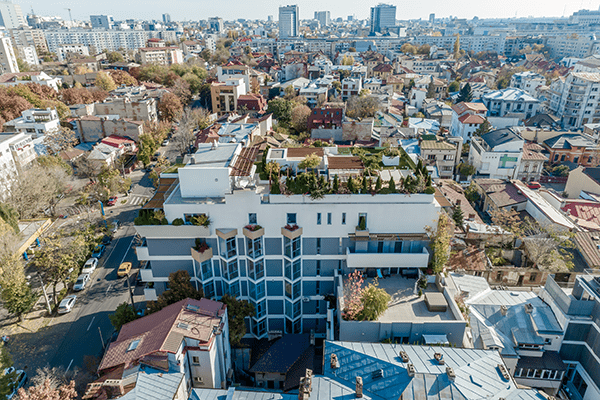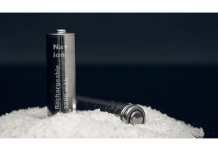Romanian environmental economist, Dr Monica Ardeleanu, is on a mission to make the world’s housing and living solutions greener, with the help of EU funding and 17 partner organizations from all over Europe and beyond.
People need to think long term, and not just of the sticker price of a property
The work of Ardeleanu and her fellow campaigners at SMARTER project is nothing short of revolutionary. They have participated in a green certification programme and partnered up with financial institutions with the aim to design homes meeting high environmental standards, make cities prepared and more resilient to climate change, and lead the transition to a safer and cleaner planet.
The buildings we live in are responsible for a huge share of the energy we consume and the carbon we emit – they account for 40% to 50% of the total CO2 emissions in Europe. But research and innovation can create a lasting environmental, societal and economic impact on cities’ housing.

Redefining the notion of risk
Ardeleanu is research director at the Romania Green Building Council, which is part of a consortium of 17 partners mainly comprised of green building councils and banks. They are spread across the EU and beyond – in Georgia, Bosnia and Herzegovina, and Turkey, with the initiative now even spreading to countries such as Indonesia, Colombia, Brazil and Zambia. Essentially, they are attempting to revolutionize the housing market by convincing homeowners, banks and developers – historically slow to embrace such initiatives – that failure to adopt green standards in residential construction projects is now the risky and costly thing to do.
‘It’s not that construction firms will eventually go down this path,’ remarks Ardeleanu. ‘The train has already left the station. Many of the top construction firms in Romania are already on board.’
With the Romania Green Building Council playing a pioneering role, over 30 000 apartment units worth over EUR 8.5 billion are under construction or have been completed. These ‘green homes’ are all over Europe, with a higher concentration in Romania, Poland and Ireland.
Ardeleanu says that, in Romania, buyers often snapped up homes even before construction was completed, and that developers ‘are now prioritizing sustainable building approaches’.
This project is a perfect example of how cities can be among the main drivers of the green and digital transitions. The standards set by the Green Building Council, which are far higher than national energy performance certification programmes, ensure that buyers stay ahead of the curve. What makes a ‘green home’ special does not only lay in how it strives for carbon neutrality. It is also built in a location adjacent to public transport and amenities, using durable and sustainable materials and ‘solar orientation’, so that windows are positioned to maximize the energy efficiency of a building, and enduring piping, insulation and water systems. Long term, green homes are cheaper to run, and command a higher resale value.
Homes that are within the reach of everyone
Another secret to the success of the initiative is linking green construction standards to green finance, says Ardeleanu. Thirteen partner banks have agreed to issue ‘green mortgages’ for certified projects, recognising the opportunity of a loan that is less likely to default because of lower operational costs, as these homes will maintain their value for a longer time. Banks offer preferential interest rates on these mortgages, which in turn provides extra incentive for developers to launch green projects, and for buyers and investors to buy.
‘What we are doing here is reshaping consumer demand,’ reflects Ardeleanu. ‘Buyers, developers and investors are all now demanding green standards.’
Source: Horizon – The EU Research and Innovation Magazine
Research and innovation for the European Green Deal























